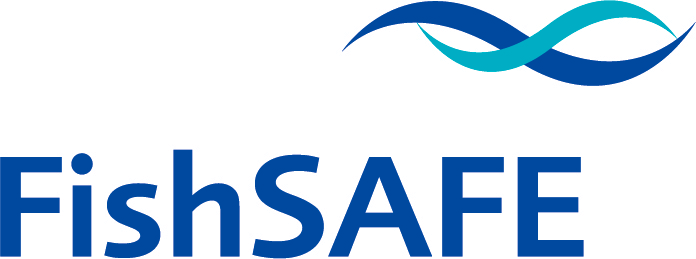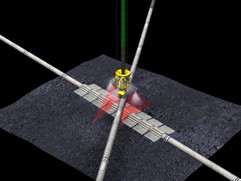As stated on admiralty charts “Mariners are advised not to anchor or trawl in the vicinity of pipelines”. The note goes on to say that damage to oil or gas pipelines could cause your vessel to lose buoyancy through escaping gas. Seabed conditions such as sand waves can create spans on pipelines which fishing gear can become snagged under and put your vessel in severe danger.
Pipelines are used to transport oil and gas from wells to the shore and come in a variety of sizes from 4 inches (100mm) up to 48 inches (1200mm) in diameter. They are mainly constructed of steel and some may have extra protective coatings of concrete.
Pipelines can be trenched into the seabed using a plough and then backfilled with the seabed spoil from the trench. This method is typical for smaller diameter pipelines, where as larger diameter pipelines are simply laid on the seabed. Smaller diameter pipelines are vulnerable to damage from heavy trawl doors, beam trawls or clump weights and there is a risk of serious environmental impacts if a pipeline is damaged.
Short sections of pipelines connecting subsea wells and manifolds are often protected by placing tunnels over the top of them. These protective structures, as seen below, are constructed of steel or reinforced concrete and several pipelines can be protected within the one structure.
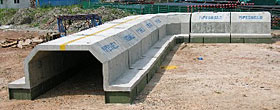 |
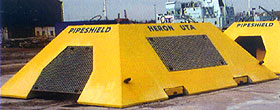 |
|
| Concrete pipeline tunnel | Concrete pipeline protection structure |
Pipeline Crossings
| Where two pipelines have to cross over each other there is a need to provide some protection to the pipeline crossing. There are several ways which this can be achieved. Protection is mostly provided at crossings by laying small pieces of rock to form a bridge over the bottom pipeline which in turn is covered by rock. This method is undertaken using a rock placement vessel, as seen in the picture to the right.
These specialist vessels are capable of laying the rock in exactly the correct location, direct from the surface. Stone mattresses may also be used in conjunction with rock placement, as seen in the image below.
|
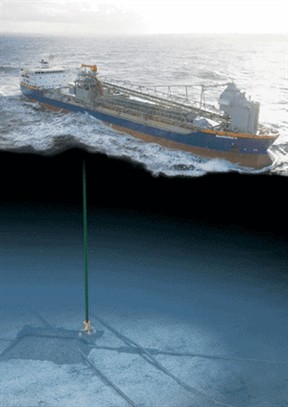 |
||
| Matresses covering pipeline crossing | Rock placement vessel |
 |
| Rock placement within a pipeline trench |
Pipeline Spans
When pipelines are installed, great care is taken to ensure they are as safe as possible to other seabed users. However, due to an uneven seabed, tidal currents or scouring, some pipelines may develop free spans. A free span on a pipeline is where the seabed sediments have been eroded, or scoured away and the pipeline is no longer supported on the seabed (see image below).
 |
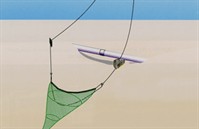 |
|
| A pipeline spanning the seabed | Door snagged under a pipeline |
When this occurs, the pipelines present a serious danger to fishing activity, especially trawl doors, clump weights or any towed gear, as they can become trapped under the pipeline and will be extremely difficult to recover. In 1997 a Scottish fishing vessel was lost as a result of becoming fast under a pipeline span. Spans that are considered dangerous to fishing activities are shown on the Kingfisher plotter files and can also be viewed on the map page of this website.
| To download the latest oil & gas fishing plotter files, please visit the Download page and view the data on the offshore map by clicking here. |
